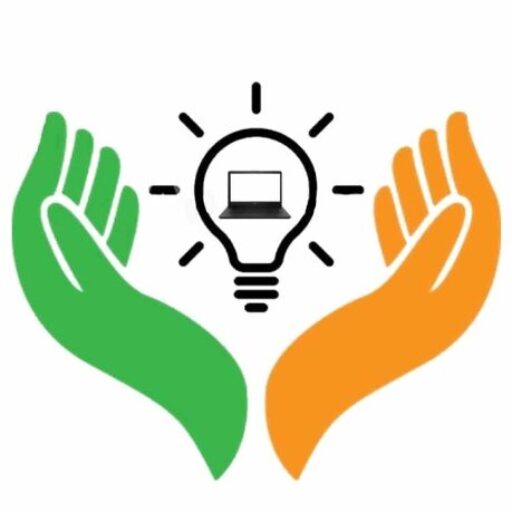Let’s look at the 6 Best Open-Source Datasets for Computer Vision. Computer vision is a hot tech trend. This technology is revolutionizing the way that machines are used, and it’s accelerating all areas of the industry.
High-quality datasets are essential to create a strong deep learning model for computer visuals. Let’s take a look at the 6 best open-source datasets available for computer vision.
Open-Source Datasets for Computer Vision
The Open-Source Dataset provides a collection of 480 high-resolution color images, which are divided into challenge waves. The challenge waves include things like solving 3D object recognition, sorting objects in 3D space and reconstructing the 3D shape of a familiar object from 2D images.
ImageNet
This is an ongoing research project that aims to provide researchers with an image database. It is one the most popular image databases and is loved by both researchers and learners. Each synset is illustrated with an average 1000 images.
CIFAR-10 & CIFAR 100
CIFAR-10 & CIFAR 100 are collections of images used to train machine learning and computer vision algorithms. These datasets are very popular for machine learning and quick comparisons of algorithms.
MS COCO
This MS COCO data set, also called the Microsoft Common Objects in Context (MCOIC), contains 328K images. It provides annotations for object detection, key point detection, captioning and dense human pose estimation.
See more: Top 10 Cartoons in India
MPII human pose
This dataset is used to estimate the articulated human poses. It contains approximately 25K images, including over 40K people. The body joints have been annotated. Each image is taken from YouTube videos and each one is accompanied by the preceding. The dataset includes approximately 410 people and each image has a different activity.
Barkley DeepDrive
This data is used to train autonomous vehicles. It contains over 100K video sequences. There are many annotations such as object bounding boxes and drivable areas. Image-level tagging can also be used to mark lane lines. It also offers a variety of representations for different geographical, environmental, or weather conditions.
See more: Top 10 Most Popular Youtubers in India
CityScapes
This database contains a variety of stereo and video sequences that were recorded in street scenes from 50 cities. It also contains dense pixel annotations and semantic, instance-wise and dense pixel annotations. The database is divided into 8 categories. CityScapes offers pixel-level annotations on 5000 frames as well as 20,000 frames that are coarsely annotated.
Conclusion:
Open-source datasets play a crucial role in the development and the usage of computer vision algorithms. The goal of this book is to provide developers with open-source datasets that can be easily used for developing real-time face verification applications and computer vision models.





